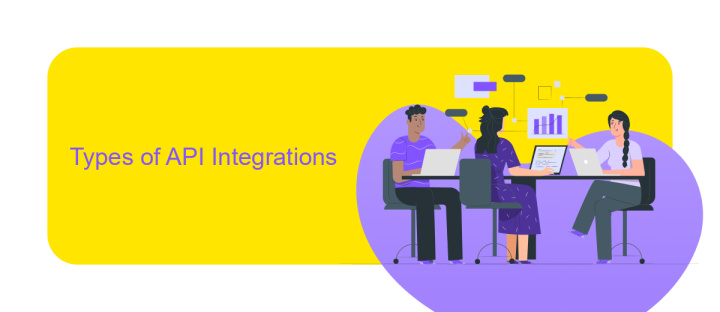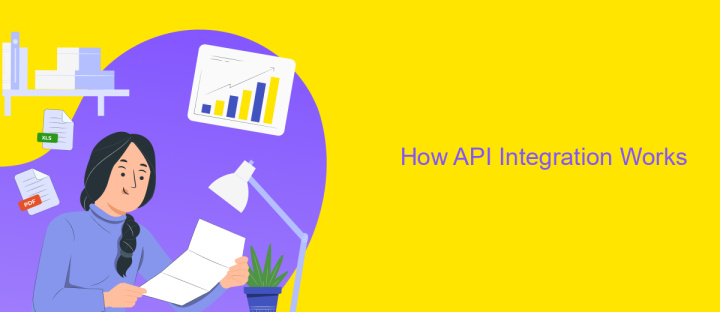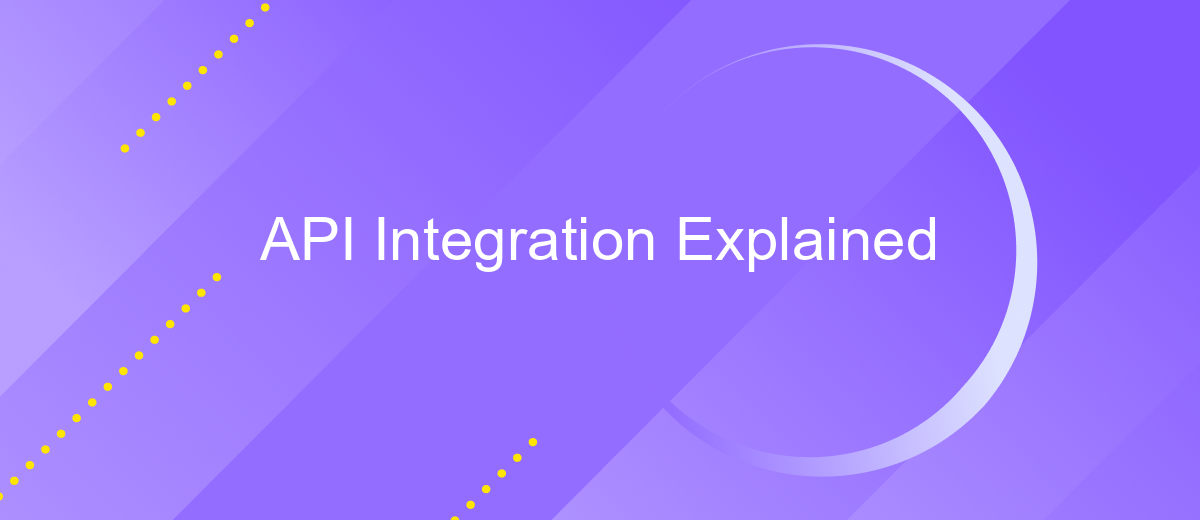API Integration Explained
In today's digital landscape, API integration has become a cornerstone for seamless communication between software applications. By enabling different systems to connect and share data effortlessly, APIs empower businesses to enhance functionality, streamline operations, and foster innovation. This article delves into the essentials of API integration, exploring its significance, benefits, and the transformative role it plays in modern technology ecosystems.
What is API Integration?
API integration is a crucial component in the digital landscape, enabling different software systems to communicate and share data seamlessly. By connecting disparate applications, businesses can automate processes, enhance functionality, and improve overall efficiency. API integration acts as a bridge, allowing applications to exchange information in real-time, which is vital for modern, interconnected systems. This integration is essential for businesses aiming to streamline operations and provide a cohesive user experience.
- Facilitates seamless communication between different software systems.
- Automates business processes, reducing manual intervention.
- Enhances functionality by allowing applications to share data.
- Improves efficiency and productivity through real-time data exchange.
- Enables businesses to offer a unified user experience.
In today's fast-paced digital environment, API integration is not just a technical necessity but a strategic advantage. It empowers organizations to leverage existing technologies and innovate rapidly, adapting to changing market demands. As businesses continue to adopt cloud-based solutions and digital transformation initiatives, the role of API integration will only become more significant, driving the evolution of software ecosystems.
Types of API Integrations

API integrations come in various forms, each serving different needs and functionalities. The most common type is the REST API, which uses HTTP requests to access and use data. REST APIs are popular for their simplicity and scalability, making them a preferred choice for web services. Another type is the SOAP API, which relies on XML-based messaging. SOAP is known for its robustness and security features, making it suitable for enterprise-level applications.
GraphQL is an emerging type of API integration that provides more flexibility by allowing clients to request specific data, reducing the amount of data transferred over the network. Webhooks, on the other hand, enable real-time data sharing by sending data to a specified URL when certain events occur. For businesses seeking to streamline their API integrations, services like ApiX-Drive offer automated solutions that simplify the process. ApiX-Drive allows users to connect different applications effortlessly, ensuring seamless data flow and reducing the need for manual intervention. Each type of API integration has its strengths, making it crucial to choose the right one based on specific business needs and technical requirements.
Benefits of API Integration

API integration has become a cornerstone for modern businesses, enabling seamless communication between different software systems. By leveraging APIs, companies can enhance their operational efficiency and drive innovation. APIs allow disparate systems to exchange data effortlessly, reducing the need for manual data entry and minimizing errors. This streamlining of processes not only saves time but also cuts down on operational costs.
- Improved Efficiency: Automating workflows through API integration reduces manual intervention, leading to faster and more accurate operations.
- Scalability: APIs provide the flexibility to scale operations up or down based on demand, ensuring businesses can adapt quickly to changing market conditions.
- Enhanced User Experience: By integrating APIs, businesses can offer more personalized and responsive services, improving customer satisfaction.
- Data Connectivity: APIs facilitate real-time data sharing between platforms, ensuring that decision-makers have access to the most current information.
- Innovation: APIs enable businesses to integrate cutting-edge technologies and services, fostering an environment of continuous innovation.
Incorporating API integration into business strategies is not just a technical necessity but a strategic advantage. It empowers companies to connect with partners, enhance service offerings, and stay competitive in a rapidly evolving digital landscape. As technology continues to advance, the role of APIs in fostering interconnected ecosystems will only become more critical.
How API Integration Works

API integration is a process that allows different software systems to communicate and share data with each other. This is achieved by using Application Programming Interfaces (APIs), which act as intermediaries between applications. By facilitating seamless data exchange, API integration enables businesses to automate workflows, enhance functionality, and improve user experiences.
The integration process typically involves sending requests from one application to an API, which then processes the request and returns the desired data or functionality. This interaction is often managed through HTTP protocols, ensuring secure and reliable communication. Developers can use various tools and platforms to simplify API integration and ensure compatibility between different systems.
- Identify the APIs you need to connect.
- Obtain necessary API keys and access credentials.
- Set up endpoints for data requests and responses.
- Implement error handling and security measures.
- Test the integration to ensure proper functionality.
Successful API integration can transform how businesses operate by streamlining operations and enabling new capabilities. It allows companies to leverage third-party services and data, creating more robust and versatile applications. As technology evolves, API integration remains a crucial element in the digital transformation journey.
API Integration Best Practices
When integrating APIs, it's essential to start by clearly defining your objectives and understanding the specific needs of your application. This ensures that the chosen APIs align with your goals and provide the necessary functionality. Always prioritize using well-documented APIs, as comprehensive documentation simplifies the integration process and helps in troubleshooting potential issues. Additionally, ensure that you handle authentication securely, using industry-standard methods like OAuth to protect sensitive data.
To streamline the integration process, consider utilizing services like ApiX-Drive, which offer user-friendly platforms for connecting various applications without extensive coding. Such tools can significantly reduce development time and allow for seamless data synchronization. It's also crucial to implement error handling and logging mechanisms to monitor API performance and quickly address any issues that arise. Regularly review and update your integrations to accommodate changes in API versions and maintain optimal functionality. By following these best practices, you can ensure a robust and efficient API integration that meets your application's needs.
FAQ
What is API integration and why is it important?
How does API integration work?
What are the common challenges in API integration?
How can businesses automate processes using API integration?
What should be considered when choosing an API integration tool?
Apix-Drive will help optimize business processes, save you from a lot of routine tasks and unnecessary costs for automation, attracting additional specialists. Try setting up a free test connection with ApiX-Drive and see for yourself. Now you have to think about where to invest the freed time and money!

